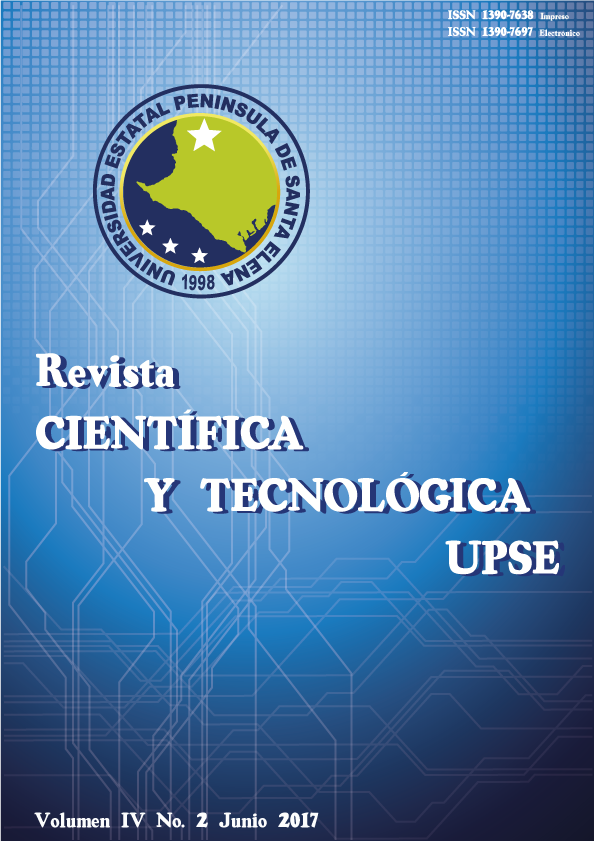Differences in the HTP projective test among university students belonging to complete and incomplete households
DOI:
https://doi.org/10.26423/rctu.v4i2.184Keywords:
psychological assessment, personality, subjectivity, projective testAbstract
The graphic projective test HTP is a reagent widely used in psychological assessment. This is to ask the participants to draw a house, a tree and a person. This test has the theoretical assumption that the human in his drawings project unconscious aspects and features of his personality. In this research, we were interested in analyzing the differences in the projection of drawings by university students from two types of conditions: (a) families with separated parents and (b) families with parents together. The research methodology that we followed consisted of a quantitative and descriptive design. As result we found that participants belonging to the group of separated parents have higher latency and total time in performing the test, more oppositional trait, shyness and difficulty in establishing contact with other people. Participants in the group of parents together have higher level of guilt on manipulative activities. In conclusion, it is noted that each group has psychological characteristics that would be related to the status of their parent' relationship. As future research, we project to carry out a qualitative analysis of the speech of the participants to identify the meanings built around the relationship of their parents.
Downloads
References
Hammer, E. (2004). Tests Proyectivos Gráficos. Buenos Aires, Argentina: Paidos Iberica.
Harold, Ph. (1971). The Draw-a-man test as anindex of developmental disorders in a pediatricoutpatient population. Child Psychiatry and Human development, 2 (1), 42-49
Maganto, C., & Garaigordobil, M. (2009). El diagnóstico Infantil desde la Expresión Gráfica: el Test de Dos Figuras Humanas. Clínica y Salud, 20 (3) , 237-248.
Vives, M. (2005). Tests proyectivos: aplicación al diagnóstico y tratamiento clínicos. Barcelona, España: Publicaciones de la Universitat de Barcelona. Ramos C. et.al/ 118
Querol, S., & Chaves, M. (2005). Test de la persona bajo la lluvia. Buenos Aires, Argentina: Lugar Editorial SA.
Pérez, A. (2003). Aprenda a Interpretar Dibujos. Buenos Aires, Argentina: Grupo Imaginador.
Cabezas, C. (2007). Análisis y características del dibujo infantil. Jaén, España: Íttakus.
Peña, G., Cañoto, Y., & Santalla, Z. (2006). Una Introducción a la Psicología. Caracas, Venezuela: Editorial Universidad Catolica Andrés Bello.
Mirotti, M. (2008). Introducción al estudio de las técnicas proyectivas. Buenos Aires, Argentina: Editorial Brujas.
Forns, M., Abad, J., Amador, J. A., Kirchner, T., & Roig, F. (2002). Evaluación Psicológica. Barcelona, España: Editorial U. O. C. Colección Manual.
Godoy, A. &Silva, F. (1992). La evaluación psicológica como proceso. Valencia, España: NauLlibres.
Cronbach,L.(1990). Essentials of psychological testing (5th ed.). New York: Harper&Row.
Martínez, N., & Romero, N. (2010). Estudio exploratorio descriptivo de la ejecución e interpretación de la prueba gráfica Casa, Árbol, Persona (HTP) en jóvenes con síndrome de Down entre 15 ly 19 años. Santiago, Chile: (Tesis de grado de la Universidad de Chile)..
Madariaga, S., & Sepúlveda, C. (2011). Estudio exploratorio-descriptivo del autoconcepto en adolescentes sordos econ la prueba casa-árbol-persona. Santiago, Chile: (Tesis de grado de la Universidad Academia).
Opazo, V., & Rivera, J. (2010). Indicadores gráficos de la prueba del Dibujo de la Figura Humana en Adolescentes hombres y mujeres de 12 a 16 años víctimas de agresiones sexuales. Revista de Psicología de la Universidad de Chile,19 (1), 80-107.
Williams, J. (2008). Revising the declaration oh Helsinki. World medical journal. 54 (4), 120-122
Downloads
Published
Issue
Section
License
El titular de los derechos de autor de la obra, otorga derechos de uso a los lectores mediante la licencia Creative Commons Atribución-NoComercial-CompartirIgual 4.0 Internacional. Esto permite el acceso gratuito inmediato a la obra y permite a cualquier usuario leer, descargar, copiar, distribuir, imprimir, buscar o vincular a los textos completos de los artículos, rastrearlos para su indexación, pasarlos como datos al software o usarlos para cualquier otro propósito legal.
Cuando la obra es aprobada y aceptada para su publicación, los autores conservan los derechos de autor sin restricciones, cediendo únicamente los derechos de reproducción, distribución para su explotación en formato de papel, así como en cualquier otro soporte magnético, óptico y digital.












